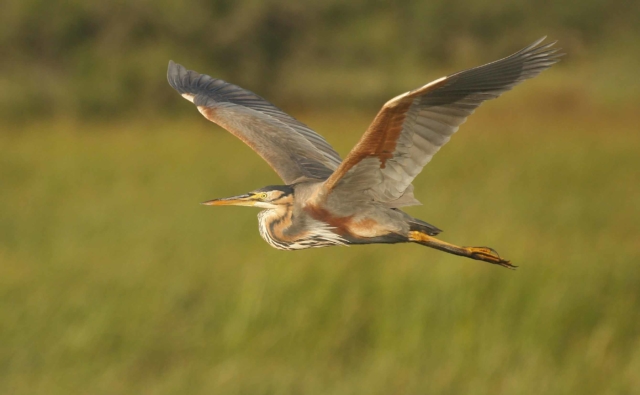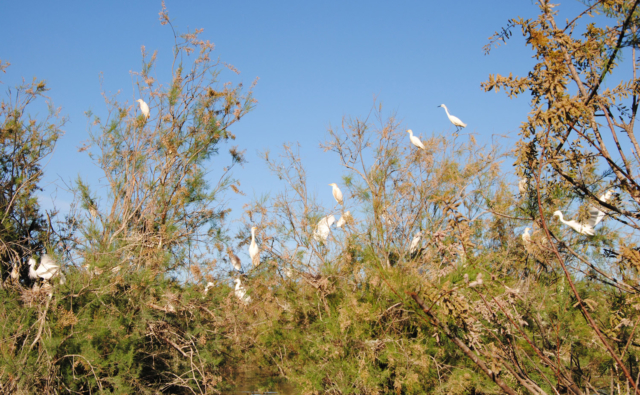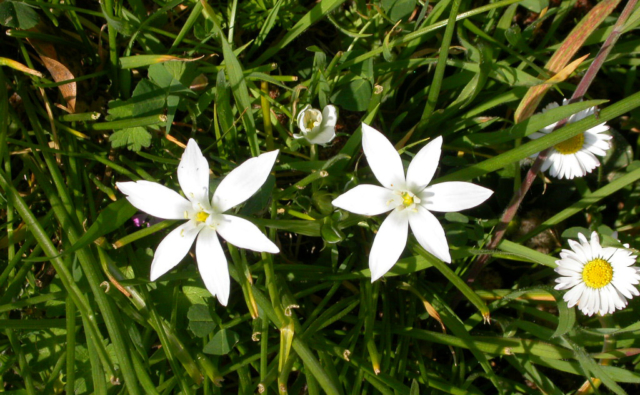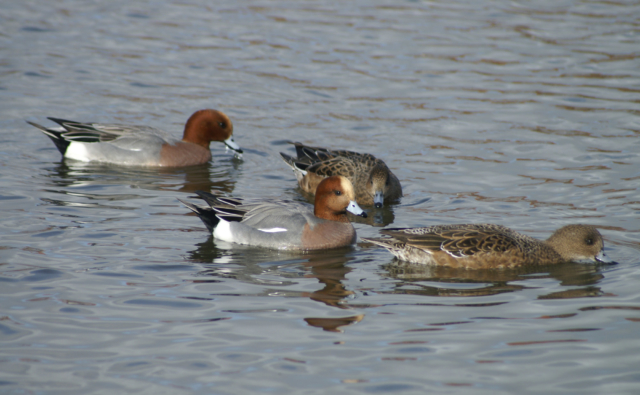After 10 years of restoring or creating islets suitable for seagulls, gulls and terns all along the Mediterranean coast, the results of monitoring are now known and very encouraging. These actions have made it possible to restore or create nesting sites that are more attractive than their natural counterparts, with a higher occupancy rate and higher breeding success. These promising results were unveiled on March 29, 2023 in an article published in the journal Conservation Biology.
Damaged nesting sites endanger bird colonies on the Mediterranean coast
Seven species of seagulls, gulls and terns breed in mixed colonies in the marshes, lagoons and salt marshes of the French Mediterranean coast: the black-headed gull, the great black-backed gull, the common tern, the hansel tern, the common tern and the little tern. The conservation status of most of these species has become a cause for concern in recent decades, not least due to the deterioration of their nesting sites.
The results of this study concern 154 islets that were restored or created between 2007 and 2016 thanks to a major collective effort as part of various conservation programs, including the Life+ ENVOLL project.
Avoiding the pitfalls of restoration
Even with the best of intentions, human intervention does not always produce the desired results. Of course, restoration often results in the creation of attractive habitats for threatened species, usually because an attempt is made to reproduce the characteristics of good-quality natural habitats. Nevertheless, the actual quality of the restored site may be insufficient, so that reproduction may be compromised or less good in the restored habitat. Such a mismatch between the attractiveness and quality of restored habitats creates what is known as an “ecological trap“. We wanted to make sure that this was not the case for these restored islets on the Mediterranean coast, and that they were fulfilling their role. To do this, we analyzed data from 10 years of monitoring by the organizations involved.
Attractiveness of restored islands
The restored and created islets are more attractive than their natural counterparts, for six out of seven species – the exception being the black-headed gull. The restoration project has therefore succeeded in creating attractive nesting sites. It was also shown that the colonization of an islet by a species was higher when the sites had been occupied by other species the previous year. Moreover, colonies tended to be more loyal to their breeding site when breeding had been successful the previous year. In addition, the researchers found that the attractiveness of restored islets increased with distance from the shore, suggesting that islet isolation is associated with a perceived reduced risk of predation by terrestrial predators (badgers, foxes etc.).
Lastly, it was shown that reproduction of the various species is better on restored islets, with higher chances of success and a greater number of chicks reaching fledging.
This study thus shows that the nesting sites built or restored by the managers proved to be both attractive and of good quality for the target species, so that they did not create ecological traps. On the contrary, these results point to the success of this restoration project. It is to be hoped that other managers elsewhere in the Mediterranean and the rest of the world will be able to draw inspiration from it, in order to remedy the degradation of habitats for these bird species
Reference
Schwartz Timothée, Aurélien Besnard, Christophe Pin, Olivier Scher, Thomas Blanchon, Arnaud Béchet et Nicolas Sadoul. 2023. Efficacy of created and restored nesting sites for the conservation of colonial Laridae in the south of France. Conservation biology. 37(2).e14005 : http://dx.doi.org/10.1111/cobi.14005
Managers involved in islet restoration and monitoring
Occitanie : CEN Occitanie, Groupe Ornithologique du Roussillon (GOR), LPO Occitanie, Syndicat mixte RIVAGE, Parc Naturel Régional de la Narbonnaise en Méditerranée, Aude Nature, Adena, Sète Agglopôle Méditerranée, Communauté d’Agglomération Hérault Méditerranée, Communauté de communes a Domitienne, Agglomération du Pays de l’Or, Syndicat Mixte de la Camargue Gardoise.
Région Sud : LPO PACA, Amis des Marais du Vigueirat, CEN PACA, Office français de la biodiversité (OFB), Tour du Valat, Syndicat intercommunal de l’ancienne Poudrerie (SIANPOU), Compagnie des Salins du Midi et Salines de l’Est, Parc Naturel Régional de Camargue, Eau et Vie Environnement (EVE), Grand Port Maritime de Marseille,Toulon Provence Méditerranée.
Collectivité de Corse : Collectivité de Corse (ex Conseil Départemental de la Haute Corse (2B)), DREAL Corse, CEN Corse
Press Contact
Timothée Schwartz : [email protected] // tél : +33 (0)6 85 52 56 31
Christophe Pin : [email protected] // tél : +33 (0)6 37 32 42 26
Olivier Scher : [email protected]
Arnaud Béchet : [email protected]



